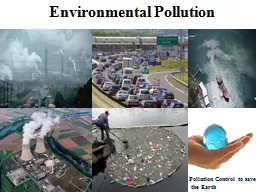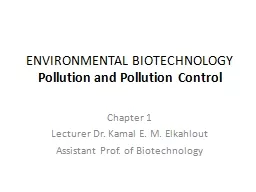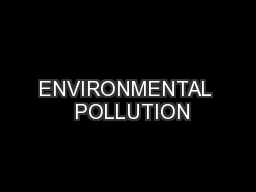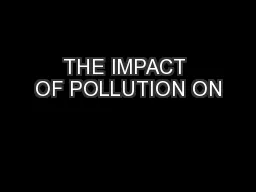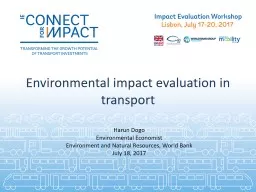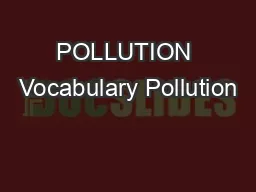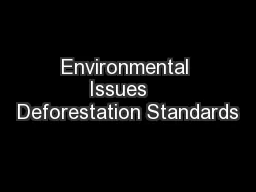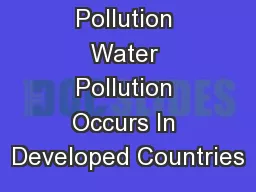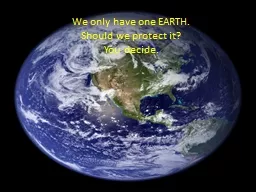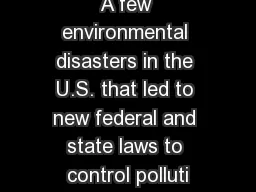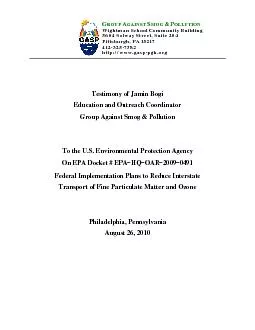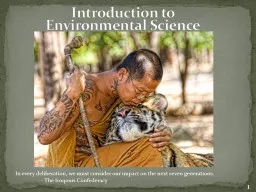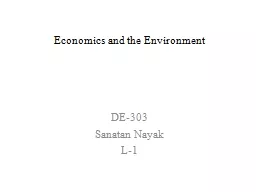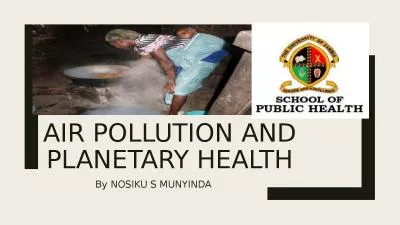PPT-Environmental Pollution
Author : pamella-moone | Published Date : 2016-07-13
Pollution Control to save the Earth Environmental Pollution Definition Causes pollution effects and control measures of Air Water Soil Marine Noise Thermal Nuclear
Presentation Embed Code
Download Presentation
Download Presentation The PPT/PDF document "Environmental Pollution" is the property of its rightful owner. Permission is granted to download and print the materials on this website for personal, non-commercial use only, and to display it on your personal computer provided you do not modify the materials and that you retain all copyright notices contained in the materials. By downloading content from our website, you accept the terms of this agreement.
Environmental Pollution: Transcript
Download Rules Of Document
"Environmental Pollution"The content belongs to its owner. You may download and print it for personal use, without modification, and keep all copyright notices. By downloading, you agree to these terms.
Related Documents

